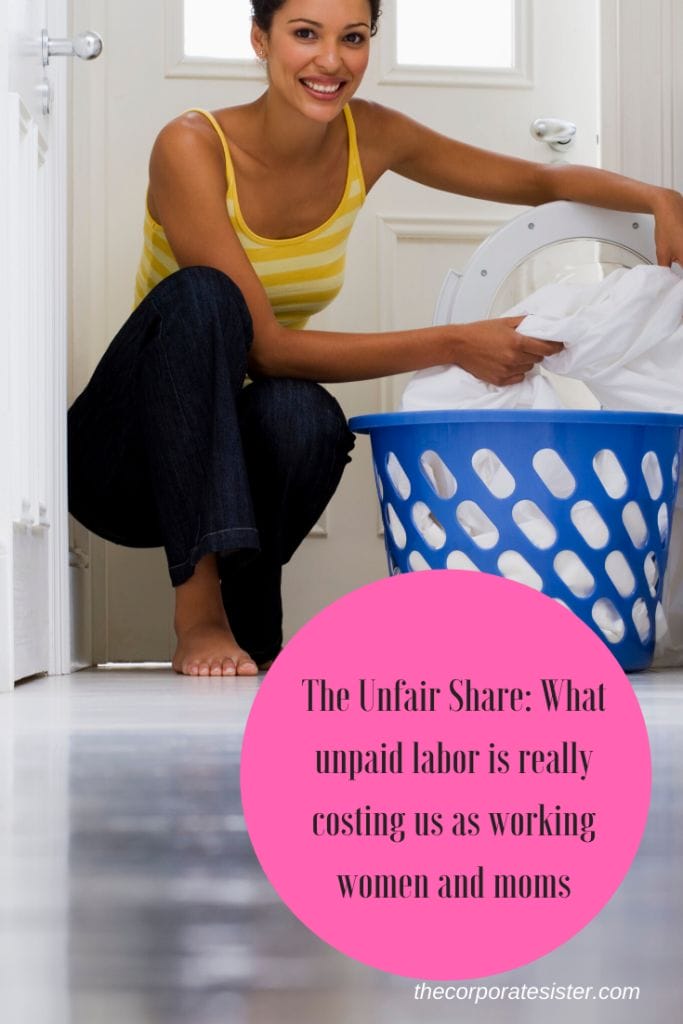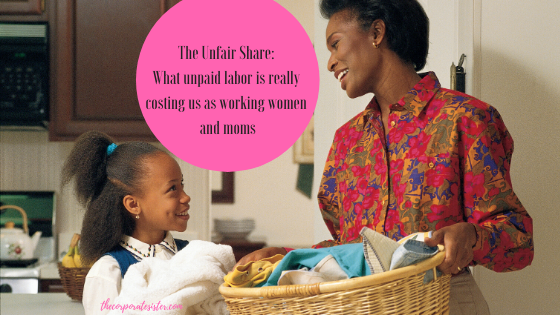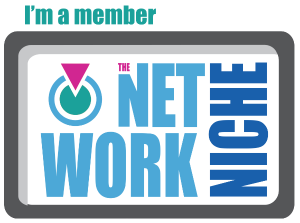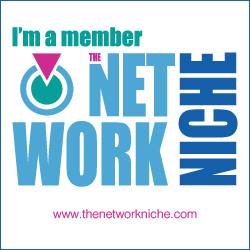“Let’s get the day started!”
When you hear this phrase, you may picture someone at their desk, holding their cup of coffee, seemingly pumped at the prospect of a productive day ahead. Right? Well, not exactly for everyone, and certainly not for working moms…
By the time many, if not most working moms reach their place of employment, they would have been up for at least two hours, busying themselves to get the kids ready, lunches prepared, and other logistical details all set. This is before frantically jumping in the shower, swiping on a bit of lipstick while doing the kids’ hair, and rushing out the door to fight traffic and beat the clock for kids’ drop-off. Then, only then, do they finally get to make it to what I lovingly call our “second shift”, where we now are expected to conduct business as usual, as if we didn’t just wage a full-on war on time, roadways and the sheer meaning of life itself. The best part is that these same working moms get to do it all over again, in reverse this time, at the end of the day, braving questioning bosses, delays, and exhaustion to pick up tired kids, only to head to more work at home. And it starts all over the next day again…Are you tired reading this yet? I know I am…
As a working mom, like so many others, this is my life. When I consider the ordeal that some of my fellow sisters find themselves in, just to keep their family and work afloat, I consider myself lucky. One of my readers posted earlier today that she has to bring her kid in to work every day, before dropping her off in time increments, so as to be able to put in some hours at the office. One of my friends had to go part-time entirely, while another was forced to make the heart-wrenching decision to give up on the job of a lifetime. And there are so many other similar stories of working moms out there, whose unpaid labor is so costly, yet is not being acknowledged, appreciated or recorded for that matter.

In her book “Invisible Women: Data bias in a world designed for men”, author Caroline Criado Perez illustrates the real cost of unpaid labor for women, brought on by a society historically built for men and as such without women’s input, with staggering statistics that brought tears to my eyes and indignation to my heart. Not only is this unpaid labor, from childcare to elder care and household chores, literally killing women, it’s also destroying our economy. Studies have shown that if the cost of unpaid labor for women were properly accounted for, it would positively affect the GDP of many a country in amazingly positive ways. Most importantly, it would allow for better physical and social infrastructures for women, which in turn would create more opportunities for the latter to be more productive thus improving the performance of businesses and the economy as a whole. Can you talk about a ripple effect?
As working moms, this catastrophic, and worsening, unpaid labor, translates into high costs we should all be aware of, if we want to begin to turn the tide around:
- Unpaid Labor for women means lost wages and a rising wage gap
Having to take care of children or elderly parents, which is often women and moms’ burden, translates into women having to decrease their working hours or leave their jobs altogether. This also means lost wages for these working women and moms, which in turn widens the wage gap in general. According to a recent Organization for Economic Cooperation and Development (OECD) December 2014 survey, the gender pay gap is noted to be higher in countries where women spend more time on unpaid labor.
- Unpaid labor for working moms means declining physical health
Women in general work more than 40 hours a week, which takes a toll on their physical health. Although women tend to live longer, they tend to be sicker than men towards the end of their lives, which puts into question the number of hours working women and moms put into both paid and unpaid labor. A 2011 study published in Psychological Medicine reports that working more than 50 hours translates in heightened risks of anxiety and depression for women. Moreover, a 2016 U.S. study published in the Journal of Occupational and Environmental Medicine found that women’s hospitalization and mortality rates increase with longer work hours.
- Lastly, unpaid labor for women means lost time
How many hours would working women and moms gain if they could only recoup some of the precious time they spend on household chores, childcare and elderly care? This lost time can amount to days, weeks, months, and even years in the long run for women, creating a massive loss of time. Additionally, working women end up in occupations below their skill level in order to get the flexibility they need to carry out their unpaid care work, which also lengthens the time women spend progressing in their careers.
All in all, unpaid labor stands as a major obstacle for working women and moms. Ultimately, we have to be aware of it so as to make others aware of it, in order to turn this unfair share into a more equitable one.
The Corporate Sis.







